Remember the last time you went on the terrace to complete your work and came back with a mosquito bite. How did that feel? No one likes to be surrounded by blood-sucking insects. Insects like vampiric arachnids are literally unseen, and that’s why more dangerous.
Blood sucking insects also have a reputation for spreading diseases like Lyme disease, Malaria, or Dengue. It becomes essential that you try and keep them away from you and your family at this stage. It doesn’t happen overnight, but there are few ways to get rid of them, and one they are to get plants that repel ticks.
Plants that Repel Fleas and Ticks
1. Wormwood Plants to Repel Ticks
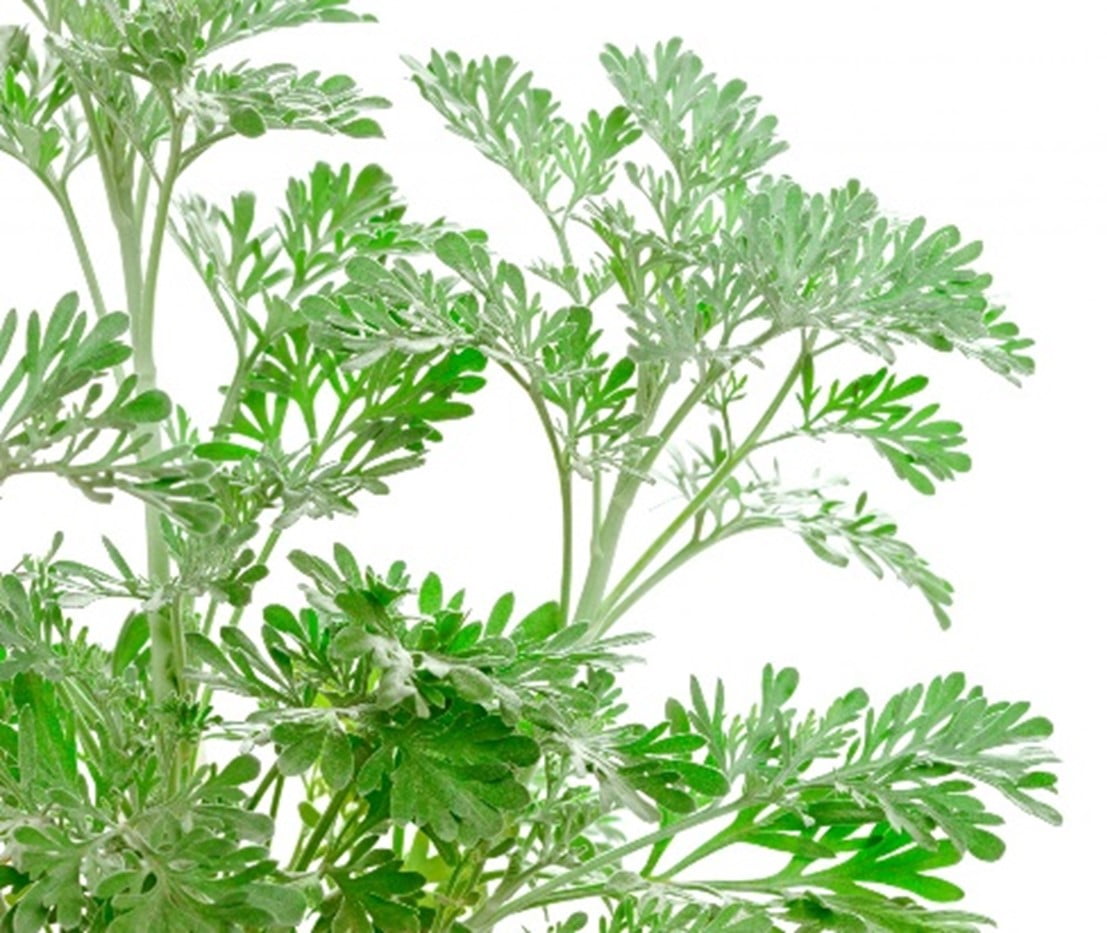
Wormwood comes under Artemesia species which is known for producing tick-repellent compounds. You will find it in many houses of the United States grown as ornamentals. Animals like deer or mice completely ignore this plant because of its bitter taste.
There are very high chances that you might already have them in your backyard because they grow happily in your backyard. If you do not have them and would like to plant some in your flowerbed, then the best time to do so is in spring in a warm location with soil that is well-drained.
2. Lavender Plants to Repel Ticks
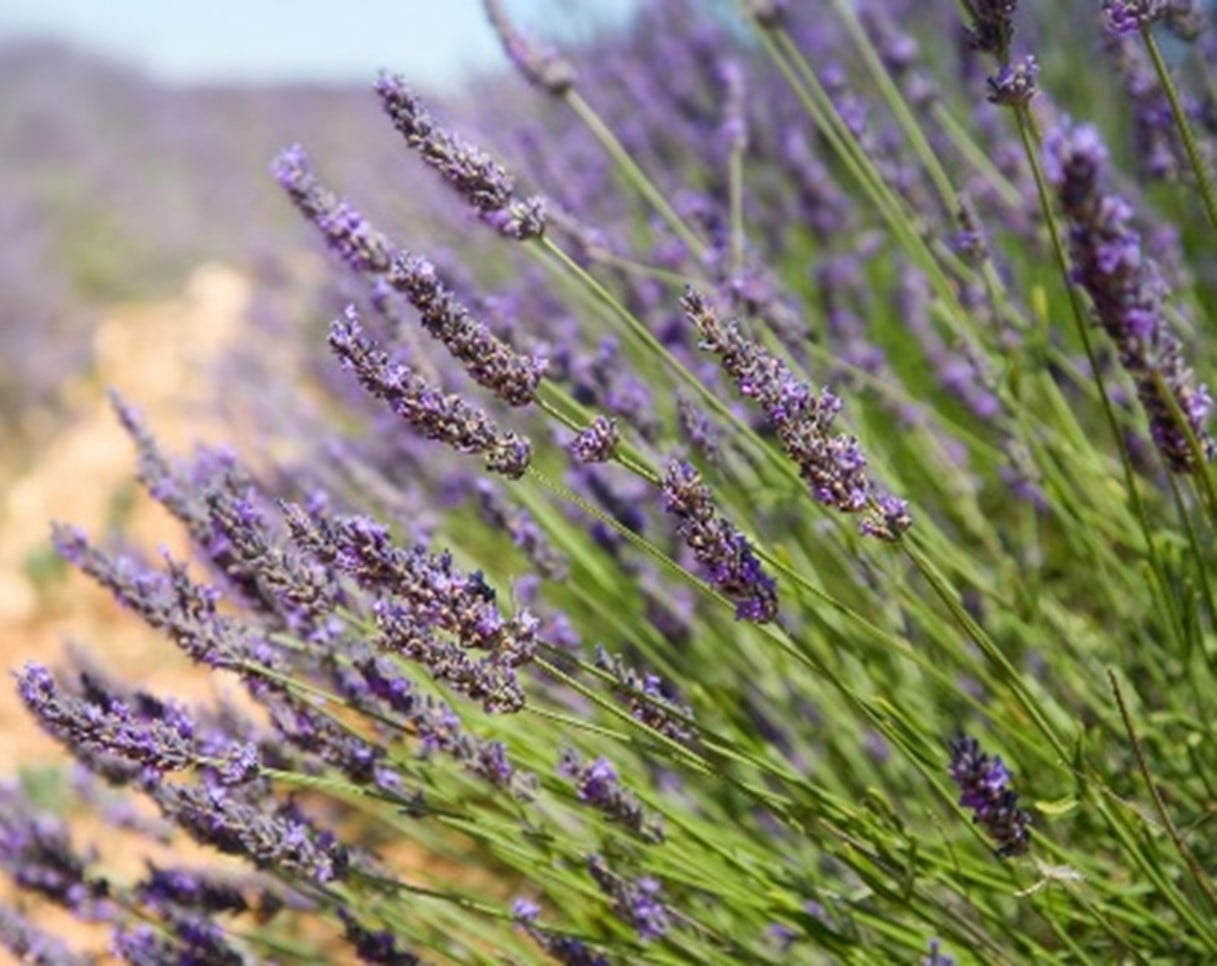
Lavender is a flowering plant that has a close relationship with mint. They are appreciated for the lovely purple flowers with an irresistible fragrance. Surprisingly, a lavender essential oil also has the potential to repel ticks. So, they are a great choice to plant in your surroundings.
Since Lavender is native to the Mediterranean, they grow best in dry and hot places. However, Lavenders can grow in most climates. The best way to grow this is from plants, so get one from your neighbor and plant it in your backyard.
3. Lemongrass Plants to Repel Fleas
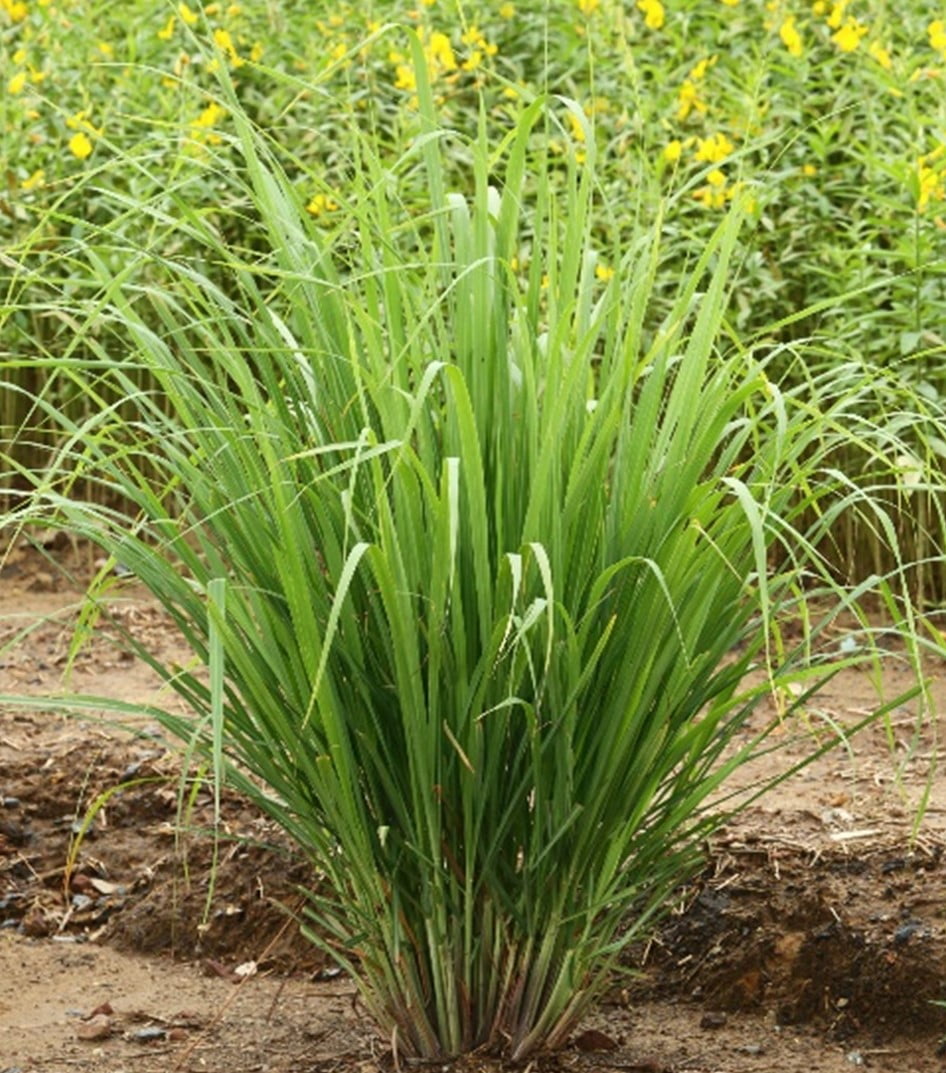
Lemongrass has grown in popularity in recent days, and almost every household consumes them for better health. This plant is a source of citronella oil, which makes it a repellent for fleas and ticks. It might even kill the animals with ticks.
Being a sub-tropical plant, it is advisable to grow them in pots. Otherwise, it is very straightforward to grow, as you can observe in the picture above. It will grow best when provided with direct sunlight, well-draining soil, and plenty of water. Keep them fertilized with compost.
4. Marigold Plants to Repel Fleas

Marigold is a flowering plant that pops up a puffy flower in the shades of yellow and orange. The strong smell that is plant exhibits becomes a problem for fleas and ticks. However, Deer being Deer will still consume it if he finds nothing else in the surrounding.
You can easily grow marigold from seeds, or you can buy one from the nursery. If you ahead with the first option, then plant two months following the usual frost date, or else you need to keep them full sun. Marigolds are annual in nature, but sometimes the leftover seeds might grow in the next year.
5. Garlic Plants to Repel Ticks

Garlic is a primary spice in Asian culture and shares a close relationship with onion. It is one of the smelliest plants, which makes it highly unappealing for animals thus repels ticks. If you have a problem with Deer’s, then garlic is your solution. Deer can’t stand the smell of garlic and stays far away.
Garlic is the easiest edible plant to grow, and the best season to plant them is either in the fall or in the spring. A single clove of garlic is enough to grow a whole garlic plant. Plant it in a location with full sunlight covered in well-drained soil.
6. Rosemary Plants to Repel Ticks
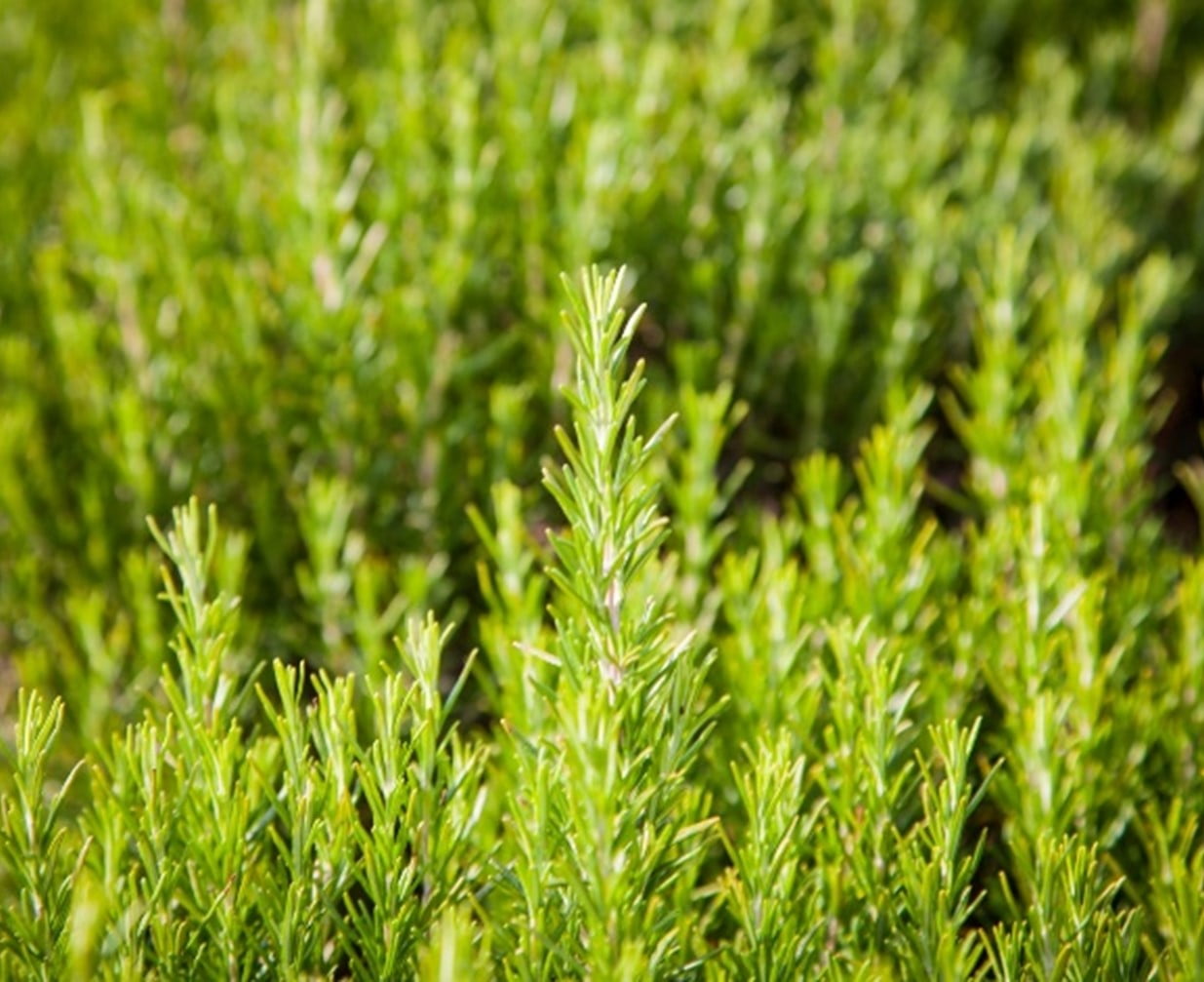
Rosemary is one of the most common herbs that people use in cooking. It has a beautiful earthy smell that can be used in making essential oils, and these oils are further used to repel ticks. Again, if Deer is irritating you a lot, plant Rosemary. Because they hate the smell of it.
Rosemary plant is very hardy in nature, and that is why it can handle any atmosphere, but if given preference, it grows better in hot and dry conditions. It is effortless to plant rosemary, and you can grow it from a cutting instead of seeds.
7. Basil Plants to Repel Fleas
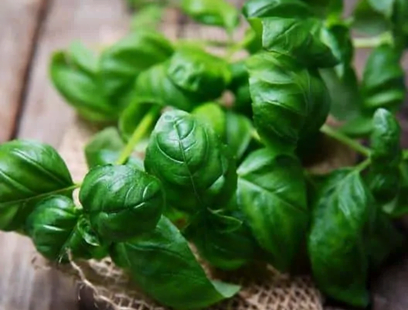
Basil is not only a great herb while cooking but is also a great plant to repel ticks. This plant not only attracts bees and pollinators but is also really safe for pets like cats or dogs. Basils make pesto perfect, and keeping fleas away, makes your surroundings also perfect.
The flowers that bloom on basils are helpful as they attract good insects. You can either allow them to go to seed, or they will self-seed by themselves. However, you can also save them for the next year.
8. Eucalyptus Plants to Repel Ticks
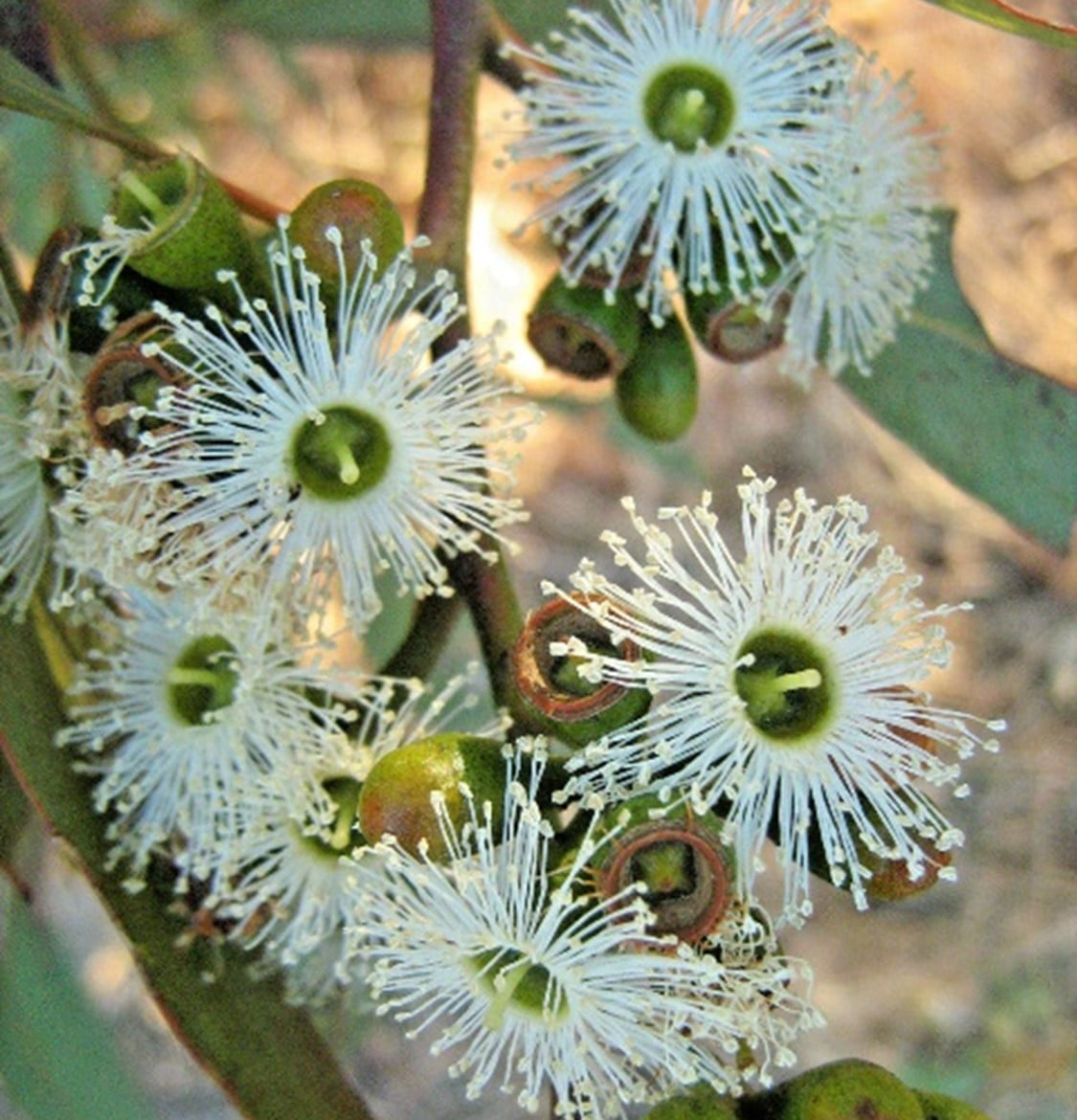
Many of you might remember this plant because of its smell. It has become invasive in many parts of the world but still in some plant it to make a beautiful addition to their garden or backyard. This plant is used to repel fleas and ticks because of its smell. However, your pets are safe from this.
If you love herbal teas, this plant is a go-to because you can use the leaves in making a tasty herbal tea. If your area is prone to wildfires, you should avoid this plant as it will only add up to the risk.
9. Mint Plants to Repel Fleas
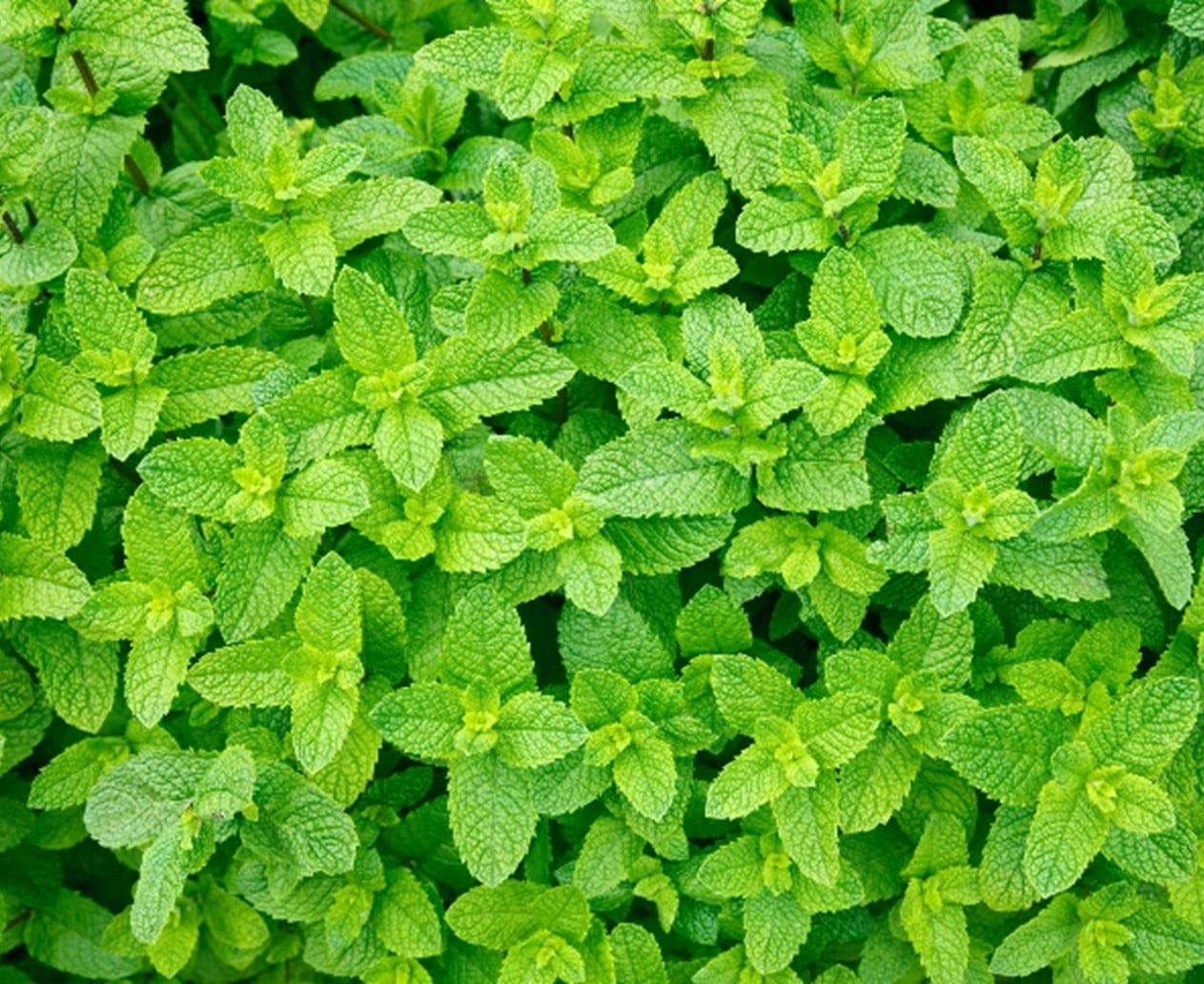
Mint is a part of herb species that also includes pennyroyal. They happen to have high levels of concentration when it comes to essential oils. Because of its distinctive minty fragrance, it will work perfectly fine in repelling fleas or ticks.
Like Rosemary and Garlic, this plant is also straightforward to grow, even for the newbies. Mint leaves happen to spread like wildfire, so cover them with mulch to avoid this situation. But if you want to get rid of ticks very badly, then let them grow as much as they want.
10. Rue Plants to Repel Ticks
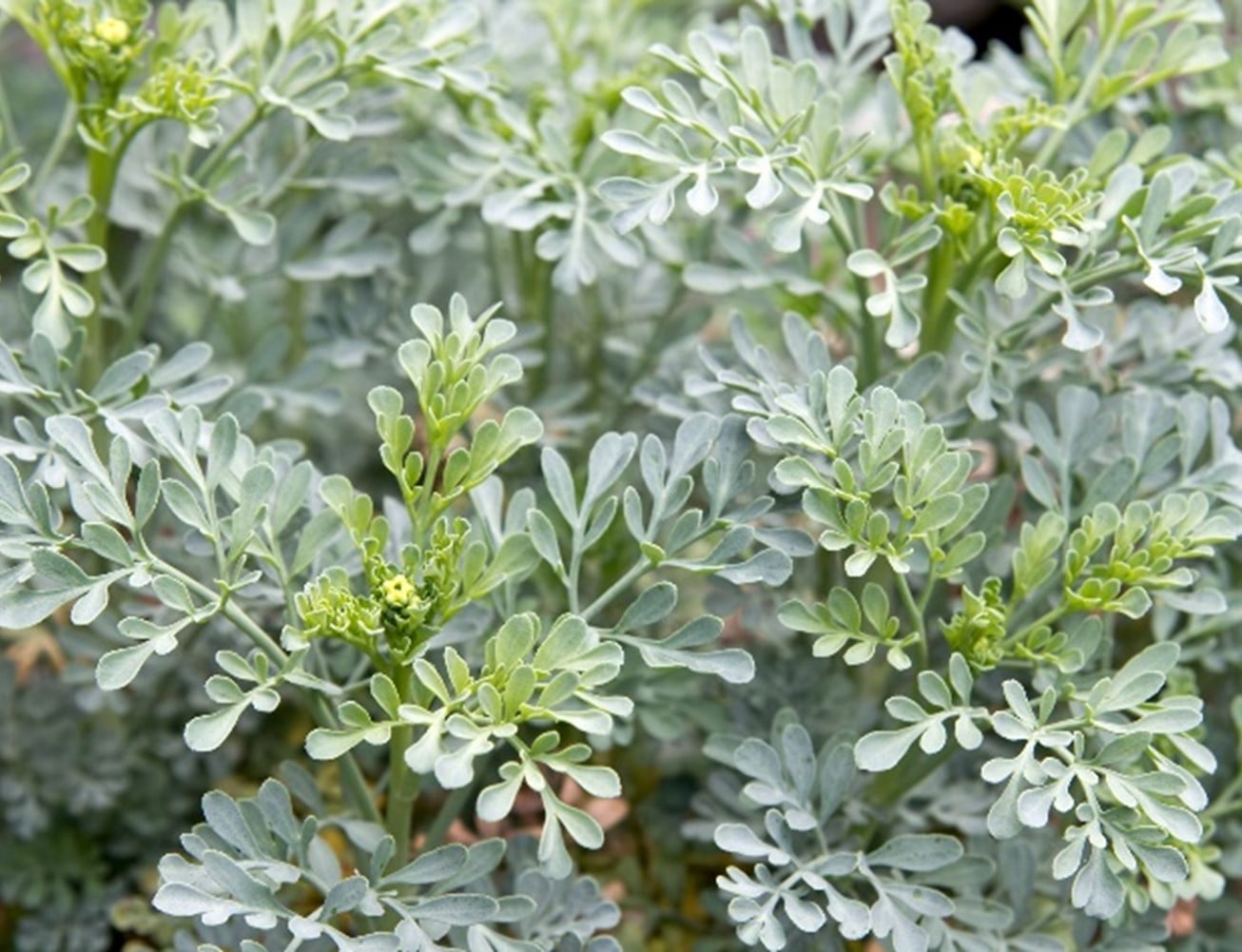
Rue is of the greatest choices when it comes to repelling pests and animals. It is a lustrous plant with evergreen foliage and leaves that come in the shade of blue-green. The disinfected of Rue is so strong that it can be used in the treatment by simply rubbing it on animal’s fur.
Rue is very low-maintenance and can easily survive even in poor soil and minimal watering. However, it will require direct sunlight.
Being an evergreen plant, it has the potential to last throughout the winter. The oil that repels ticks is so strong that it might end up giving a rash to your hand, so handle it carefully and delicately.
We hope we could provide enough options so that now you can easily stay away from bloodsucking insects while completing your work on the terrace.
Stay Tuned for more such articles.






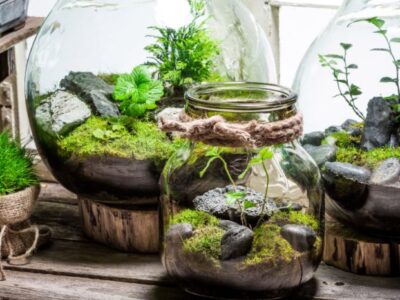



[…] of the best things you can do to make your garden eco-friendly is to plant only native plants. They are hardier and better attuned to your environment than exotic ones, making them more likely […]
[…] of the best things you can do to make your garden eco-friendly is to plant only native plants. They are hardier and better attuned to your environment than exotic ones, making them more likely […]